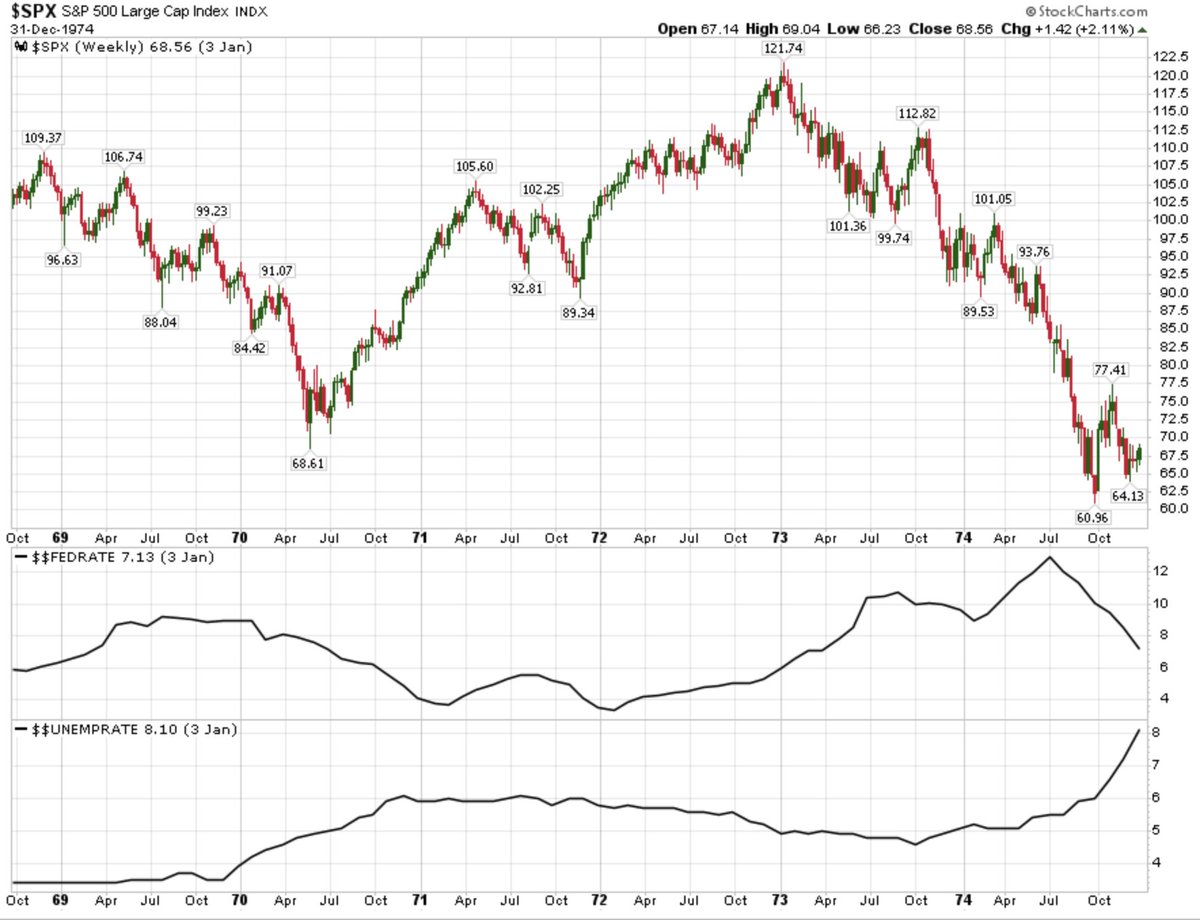Update -
With central bank intervention/QE, asset markets have become prone to massive booms and busts.
Algos + online trading have made the markets super fast and now, big moves happen very quickly.
10 or 20 years ago, stocks used to decline 40-50% in a year or two and....
With central bank intervention/QE, asset markets have become prone to massive booms and busts.
Algos + online trading have made the markets super fast and now, big moves happen very quickly.
10 or 20 years ago, stocks used to decline 40-50% in a year or two and....
....now, they go down this much (and more) within weeks! In Nov '21, when Fed announced QE taper, many high growth stocks tanked by 40-70% within 6 weeks and during this period, my hedging strategy did not offer me full protection.
My high growth stocks declined more than the...
My high growth stocks declined more than the...
...ARK ETFs and in order to protect my capital, I sold all my stocks and to profit from the intense selling, also went net short.
Going forwards, when the tide of liquidity goes out again, instead of remaining invested and hedging, I may (once again) sell all stocks and...
Going forwards, when the tide of liquidity goes out again, instead of remaining invested and hedging, I may (once again) sell all stocks and...
....go short to profit from the contraction.
My strategy is a work in progress and in the investment business, especially when there is so much central bank intervention, one has to constantly adapt.
Essential to defend capital when liquidity is being withdrawn.
My strategy is a work in progress and in the investment business, especially when there is so much central bank intervention, one has to constantly adapt.
Essential to defend capital when liquidity is being withdrawn.
• • •
Missing some Tweet in this thread? You can try to
force a refresh









